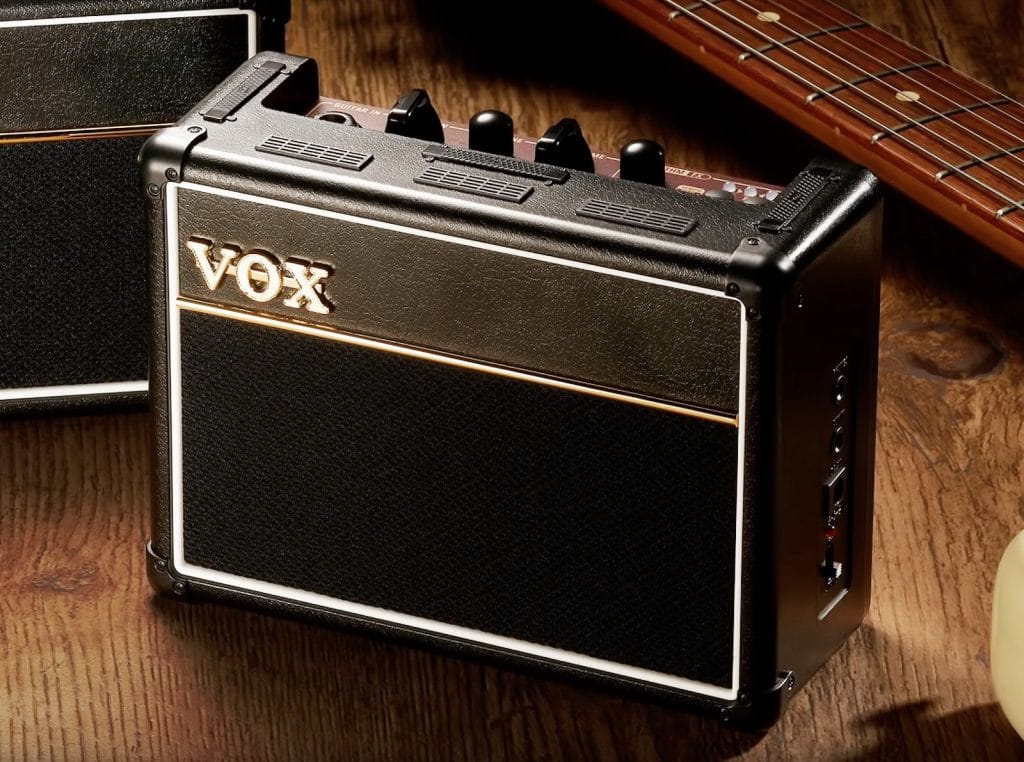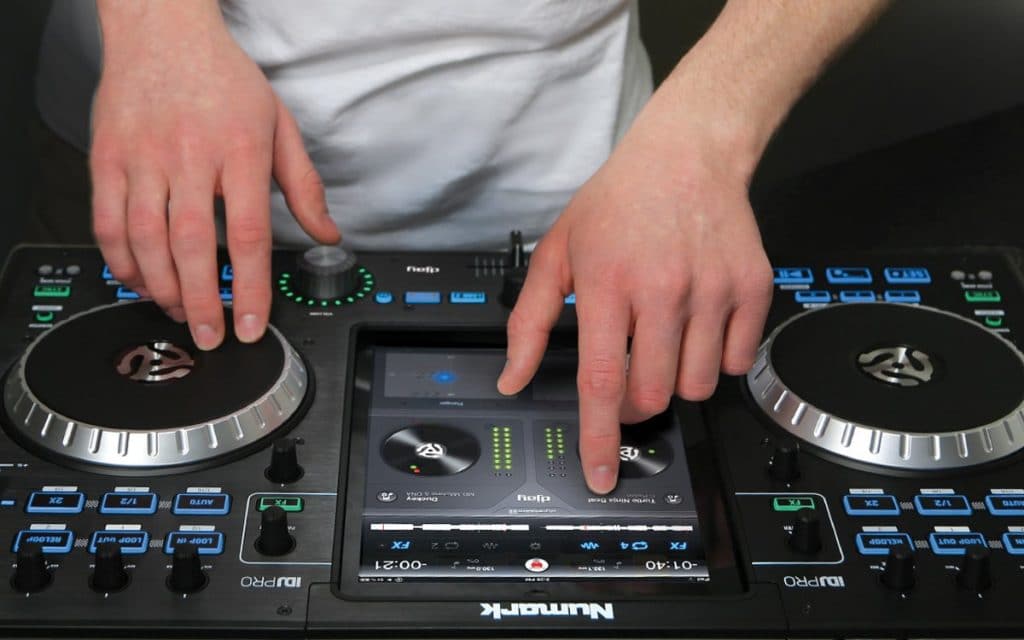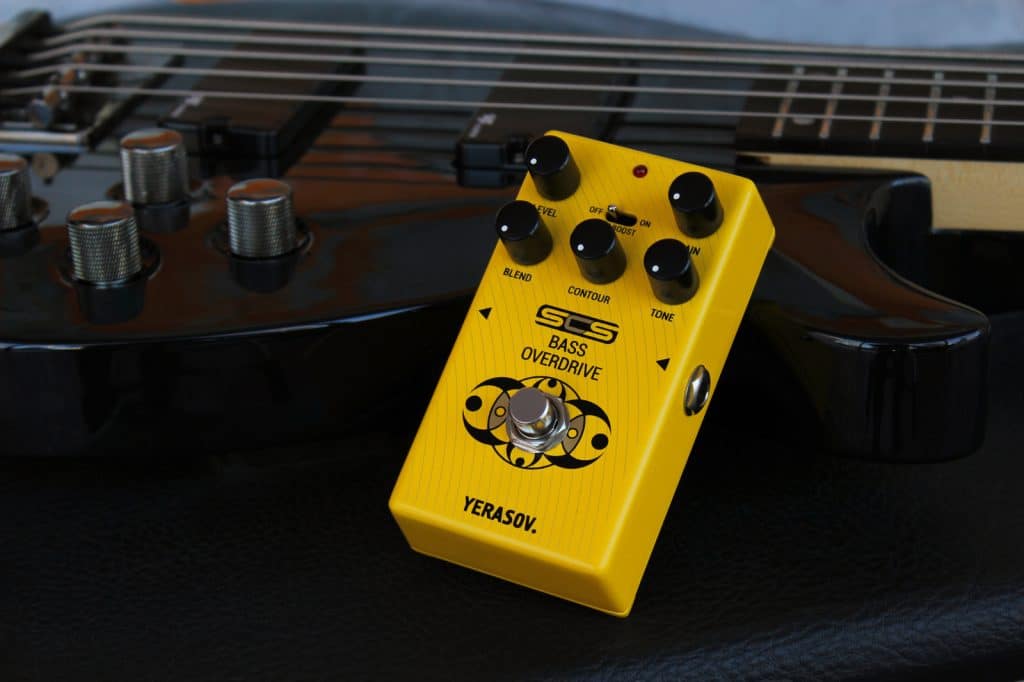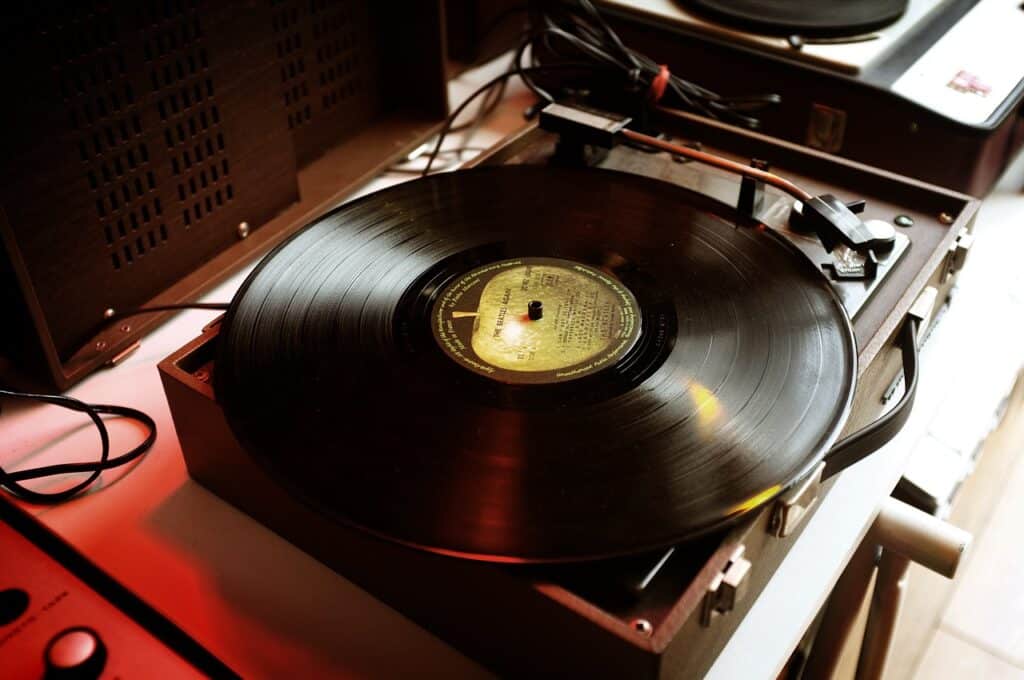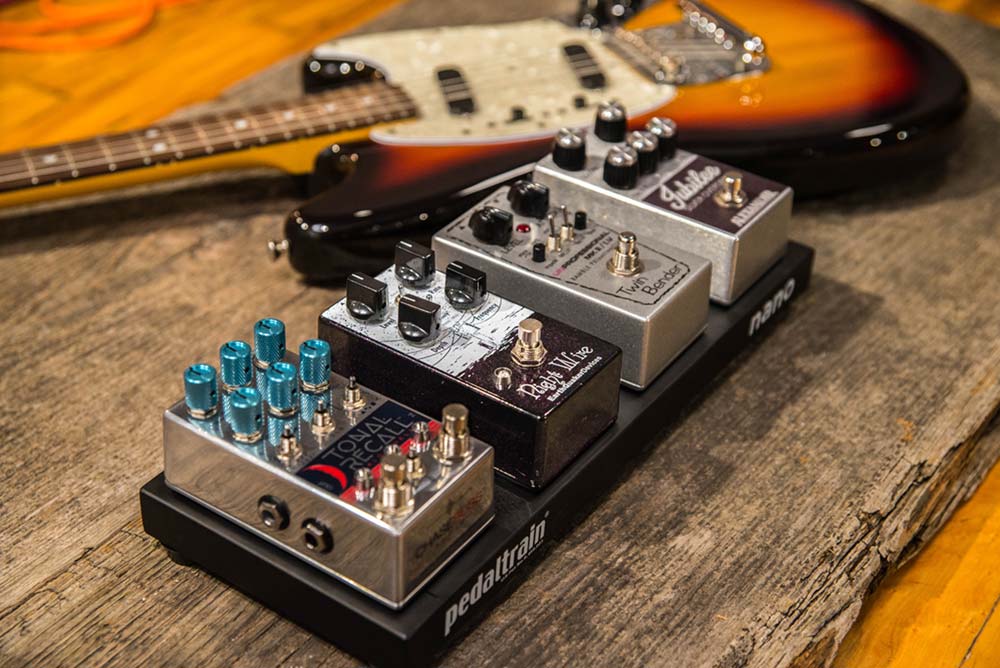Distortion pedal – change the tone of your music
Distortion is a well-known guitar effect that you will undoubtedly be aware of when you hear it since it is very common in all sorts of music genres for many decades.
Although distortion is used widely across all types of music, it is most commonly associated with metal music.
What makes a really good metal tone?
The answer is not straight forward and is subjective to various opinions. That being said, the official process to follow for you to understand your favorite metal sound would be by purchasing a proper tube amplifier to get all the varieties of dirty channels so that you can decide the best metal sound for you.
Tube amplifiers are very expensive, however. For those seeking affordable options that enable you to play around with different metal sounds, a pedal is a great option, as no matter which amplifier you are using, the pedal can distort your electric guitar sound and gain needs.
Budget should not be too important.
As the market for pedals has grown, there are good quality pedals available at most price ranges. Do not simply reject a cheap pedal based on its price as you may be missing out on the best value option. Likewise, if you do not have a budget, do not assume that the most expensive is the best as sometimes the market and certain retailers may overprice certain items.
To create the distortion effect, the majority of pedals will use transistors which is generally a cheaper technology that delivers less consistent results.
This where the price of a pedal is affected as pedals with high-quality transistors will cost more than those with low-quality transistors. Most transistor pedals tend to be priced in the budget to medium price range.
Distortion types to consider
 There are different types of distortion that create different sounds and operate in different ways. You should be aware of these before purchasing a pedal, in order to maximize the sound potential.
There are different types of distortion that create different sounds and operate in different ways. You should be aware of these before purchasing a pedal, in order to maximize the sound potential.
So, what is distortion?
It’s a sound which consists of oscillating pressure waves that contain positive and negative polarity and a neutral center of silence.
For distortion to occur, the oscillation has to exceed the ceiling limit imposed by the carrier, which in turn forces the sound wave into a different shape and consequently a different tonal character. The act of pushing the signal even harder into the ceiling is commonly referred to as “gain” or “drive.” To apply this to guitar distortion, here are the different types:
- Overdrive/Saturation—known as the original distortion. This effect happens the input circuit is overloaded by the input signal. The overload clips the peaks of the sound wave in a gentle way, leading to an increase in warm tones that are embedded in the same dynamic range.
- Tape distortion comes from a hot signal that goes beyond the headroom boundary of magnetic tape. This distortion creates a bold and warm sound accompanied by a hiss. The peaks for this distortion are clipped which means the same dynamic range is maintained.
- Tube distortion is a common type of sound saturation that is best known for the crunchy and warm tone. It is the distortion most associated with blues or rock music and creates an iconic tone.
- Valve saturation enables an increase in harmonic possibilities provided you push the gain levels. Depending on the design, the valve will normally have a distinctive color, with triode valves providing increased even harmonics compared to pentodes which offer odd tonal choices.
- Fuzz is a form of clipping that is normally pretty extreme and occurs in low-quality speakers. The tone that is created is harsh and fuzzy and reduces dynamic range for the guitar to a bare minimum. It is a tone associated with the legendary Jimi Hendrix.
- Wave-shaping is a digital form of distortion that makes sound waves adapt to rigid wave shape. This leads to an infinite number of tonal possibilities to play around with.
Setting up the distortion pedal – useful tips
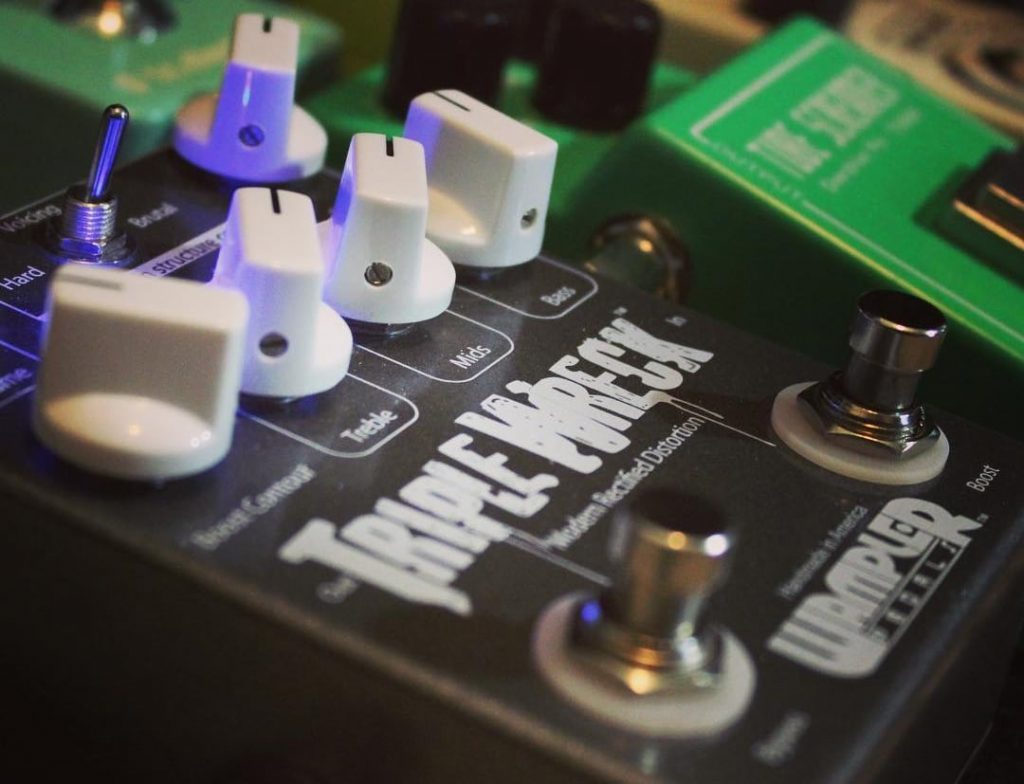 A good tip to set up your distortion pedal is to get a sheet with an annotated layout of the different pedals and switches to make sure you can remember which combinations create the sounds that you are after.
A good tip to set up your distortion pedal is to get a sheet with an annotated layout of the different pedals and switches to make sure you can remember which combinations create the sounds that you are after.
Similarly, if you have a smartphone nearby, you can take photos of the pedal and record the sounds as they are played to jog your memory in case you were to forget. In doing this, make sure you write down the settings of your amp to ensure that the sound can be reproduced in the future.
Most pedals will only give you two different sound options if you are performing on stage. To ensure these two sound options are exactly what you want, take a good degree of practice time to work your way around the different distortion effects on your pedal.
It is important to note that in pretty much all cases, the distortion pedal does not rival the dynamic range of a tube amp. The pedal is in most cases an affordable option or a tool for inexperienced guitarists to become accustomed to the potential of distortion. If you are a regular performer, the higher resolution and variety of a tube-amp will always exceed the distortion pedal.
Price tag
There is a varied price range of pedals currently available on the market and prices will typically be between $100 to $400. As previously discussed, price does not necessarily assume quality and suitability for your needs. First, understand your own metal guitar needs and creative motivations before looking at product quality and price.
Features to consider while buying the best distortion pedal for metal
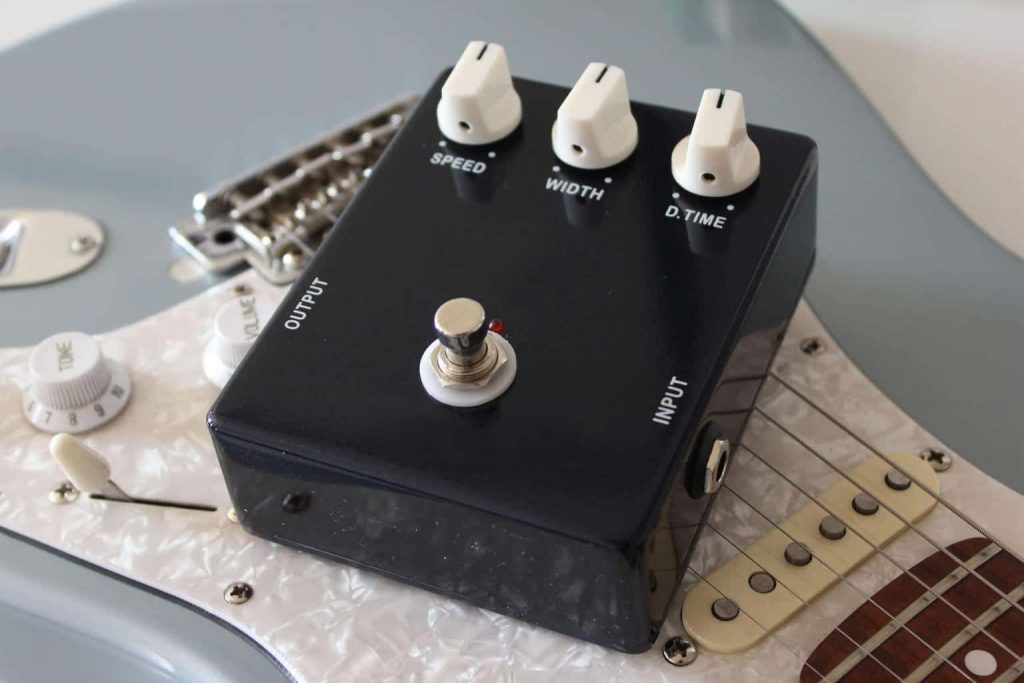 This section will briefly discuss specific aspects that you should look for in a distortion pedal for metal guitar playing.
This section will briefly discuss specific aspects that you should look for in a distortion pedal for metal guitar playing.
Box material and size
Check the durability and size of the metal box that accompanies the pedal. It needs to be well-matched to your foot size as well as making sure that there are no errant knobs in the way of your foot hitting the pedal, as this may accidentally ruin your sound during a song.
Bass and gain
Bass and gain are essential aspects of heavy metal guitar playing. The “Low” and “Bass” knobs on the pedal will operate the same distortion effect. Trying playing some riffs to see whether the pedal creates good low notes as well as a sustained droning sound.
A high gain level is what your guitar needs to create a deep distortion effect. You should use a pedal that provides both high and low gain settings as it will provide you with some broader tonal possibilities.
Noise
You want to avoid purchasing a pedal that makes its own noise, particularly when performing on stage as it can become very distracting. Look for pedals with a noise gate such as the Empress Effects Heavy Dual-Channel Distortion Pedal to reduce or eliminate any pedal noise.
Digital or analog?
Pedals can either come in digital or analog forms.
Analog pedals create a full and warm sound whereas the digital sound tends to have a brighter tone. There are good and bad analog / digital choices, it is down to your personal preference as to which you prefer.
Bypass
Buffered bypass, hardwired bypass, and true bypass are three terms that describe your guitar signal when the pedal is not engaged.
-
- True bypass is where the signal of your guitar passes through the pedal unaffected signal passes straight through a pedal unaffected.
- Buffered bypass occurs when your guitar signal passes through the pedal but the circuit is boosted which strengthens your signal.
- Hardwire bypass can cause your guitar to suffer losses in high-end response as the signal passes through but is not boosted.
Power
Most products will specify the recommended power voltage and capacity of the pedal. For example, the JHS Sweet Tea V3 requires 9V DC Negative power and consumes 51mA. It is good to know your electric capacity of the venue or practice room where you will be playing as using a pedal that requires excessive power supply may affect the pedal usability.
Additional effects
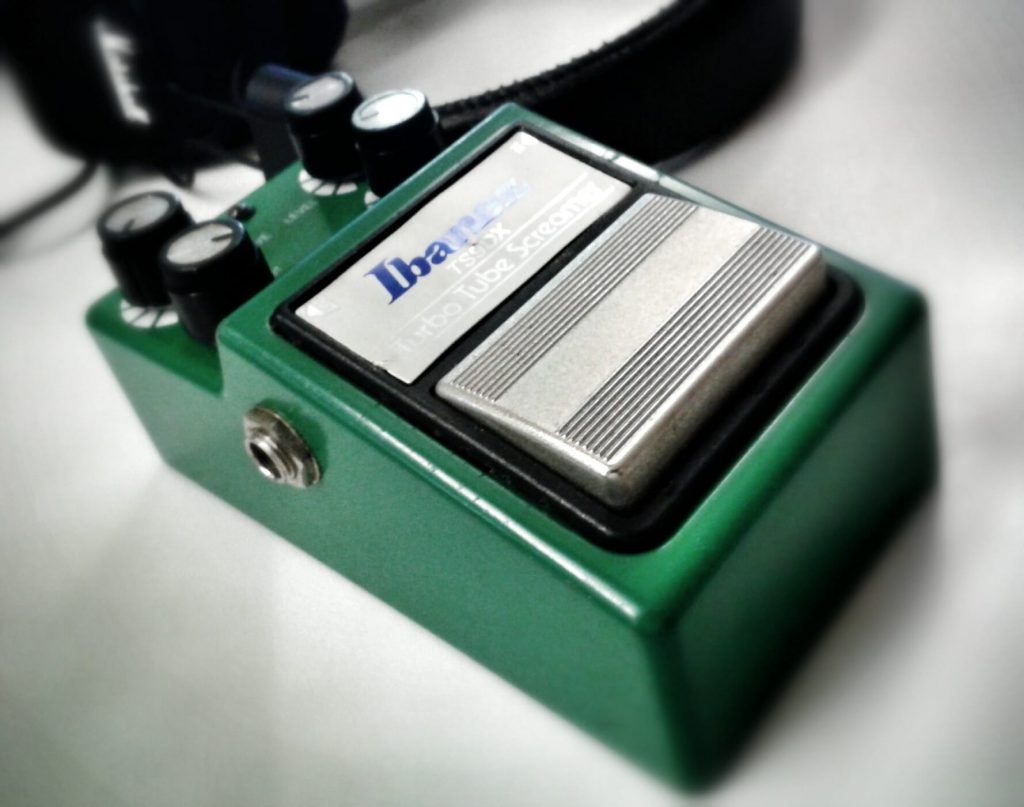 Does the pedal have additional effects such as an order toggle to stack up your distortions or specific tuned sound effects? It is good to have a look at the product specifications to fully appreciate the potential of a pedal.
Does the pedal have additional effects such as an order toggle to stack up your distortions or specific tuned sound effects? It is good to have a look at the product specifications to fully appreciate the potential of a pedal.
Warranty
If you are new to pedals, looking for a pedal with a long warranty is certainly worthwhile. For example, the Wampler Triple Wreck V2 reviewed here has a 5-year limited warranty which may give you added purchasing flexibility. Make sure you always read the terms and conditions of warranty agreements to ensure you are sufficiently protected.







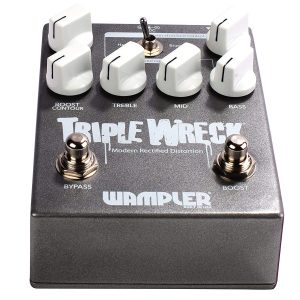
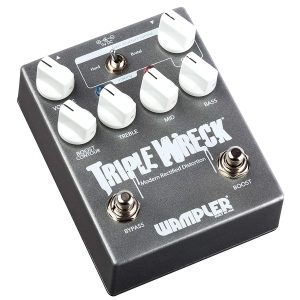

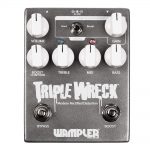


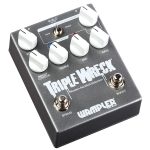
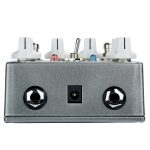

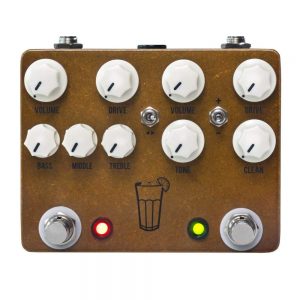
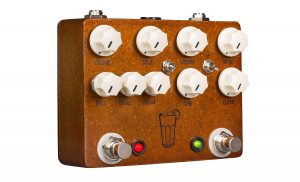
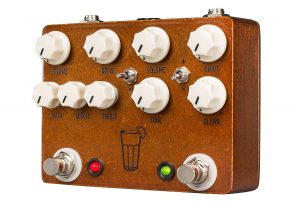
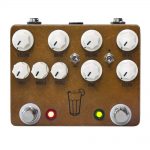
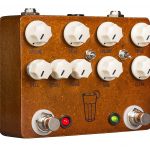
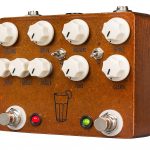
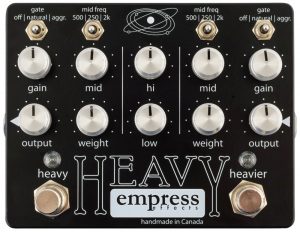
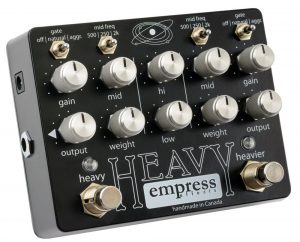
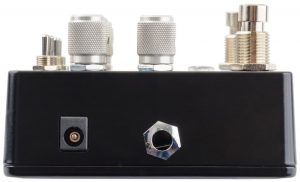
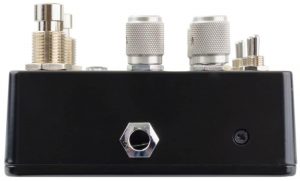

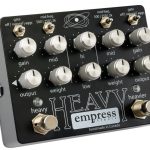
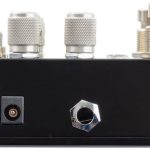
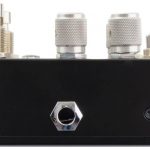
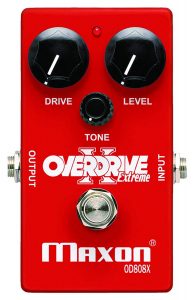
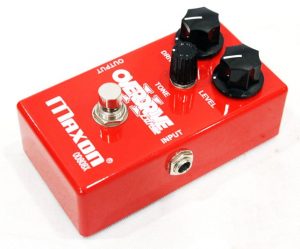
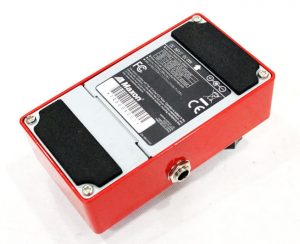


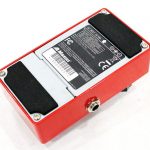
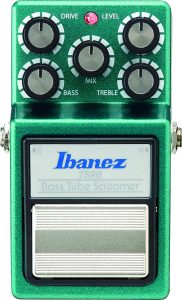
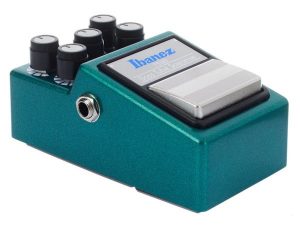
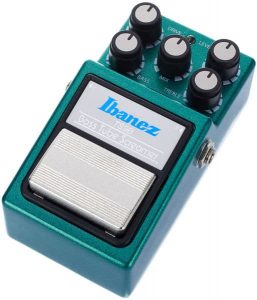
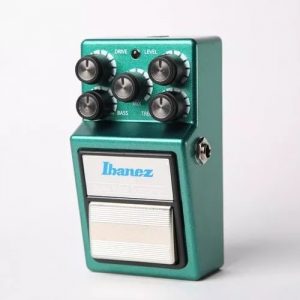

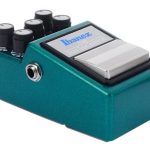
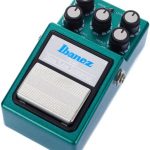
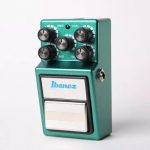
 There are different types of distortion that create different sounds and operate in different ways. You should be aware of these before purchasing a pedal, in order to maximize the sound potential.
There are different types of distortion that create different sounds and operate in different ways. You should be aware of these before purchasing a pedal, in order to maximize the sound potential. A good tip to set up your distortion pedal is to get a sheet with an annotated layout of the different pedals and switches to make sure you can remember which combinations create the sounds that you are after.
A good tip to set up your distortion pedal is to get a sheet with an annotated layout of the different pedals and switches to make sure you can remember which combinations create the sounds that you are after. This section will briefly discuss specific aspects that you should look for in a distortion pedal for metal guitar playing.
This section will briefly discuss specific aspects that you should look for in a distortion pedal for metal guitar playing. Does the pedal have additional effects such as an order toggle to stack up your distortions or specific tuned sound effects? It is good to have a look at the product specifications to fully appreciate the potential of a pedal.
Does the pedal have additional effects such as an order toggle to stack up your distortions or specific tuned sound effects? It is good to have a look at the product specifications to fully appreciate the potential of a pedal.




